Lawrence “Sid” Trevethan
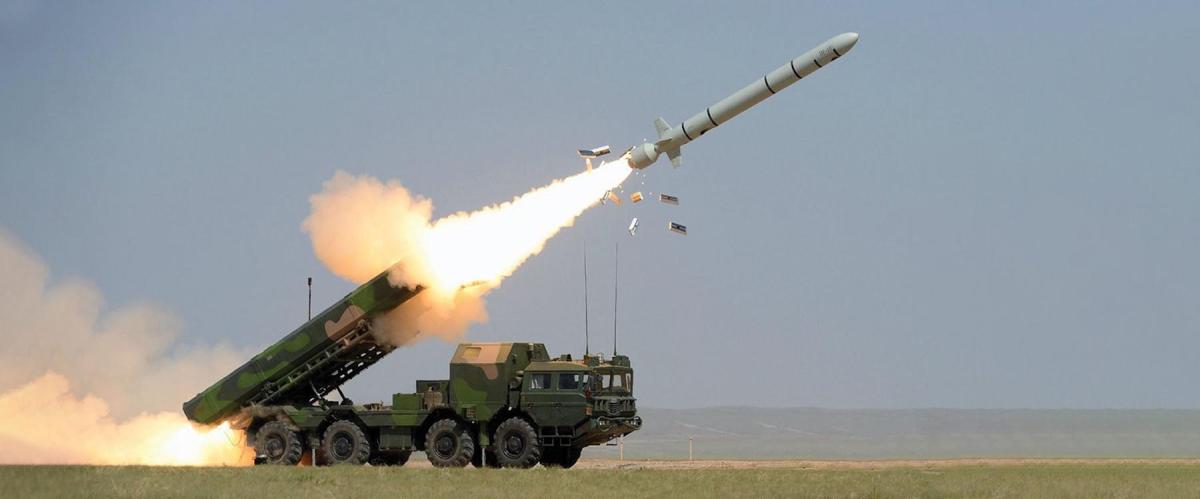
The People’s Liberation Army’s (PLA’s) former Second Artillery Force was upgraded from a branch to a full military service—the PLA Rocket Force (PLARF)—on 31 December 2015.1 The Defense Intelligence Agency’s The PLA as Organization (version 2.0) wrote of that reclassification and reorganization:
The transformation of the PLA Second Artillery Force . . . has emerged as one of the centerpieces of Chinese military modernization. In less than two decades, China has progressed from a limited and vulnerable, non-mobile nuclear ballistic missile capability to one of the world’s most impressive nuclear and conventional missile, as well as cruise missile, programs.”2
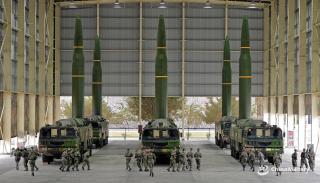
DF-16 ballistic missiles. China Military
In 2022, Ma Xiu’s PLA Rocket Force Organization described the PLARF’s
organization in greater detail than any other PLA branch has been described in open sources to date.3 Thousands of pages of Project Everest machine translations of high-level and operational PLA doctrine were published throughout the year.4 The U.S. Air Force’s China Aerospace Studies Institute (CASI) published these and many other books and papers on the Rocket Force. And considerable academic and popular materials became available. Aided by former CASI Research Director Ken Allen, I integrated these materials with an analysis of the numbers of transporter-erectors and transporters in open-source internet photographs and imagery to understand the typical numbers of reloads available in launch brigades, “bases” (division-leader grade organizations), and theaters for the PLARF.5
This study revealed large numbers of short- and intermediate-range supersonic and hypersonic missiles available to the PLA Eastern and Southern Theaters. The large size of these inventories is especially concerning in light of the PLA’s “war zone campaign [WZC]” operational doctrine “for conducting a limited war under high-tech conditions. [During wartime,] the [theater] becomes a war zone . . . and has jurisdiction over the ground, navy, and air forces within it. . . . A WZC is conducted by a unified, joint service command at the war zone level under the guidance of the [Central Military Commission (CMC)].”6
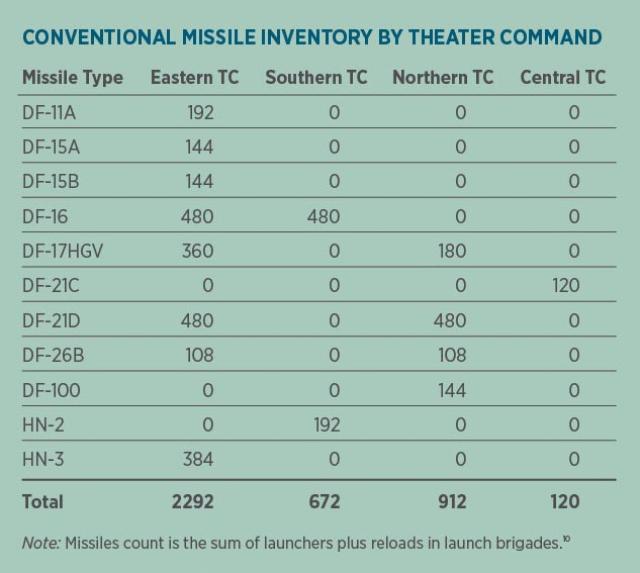
As the Center for a New American Security’s Thomas Schugart puts it:
By marrying great accuracy with numerous ballistic missiles, China may have developed a capability that the Soviet armed forces never had: the ability to strike effectively, in a matter of minutes, U.S. and allied bases, logistical facilities, and command centers without resorting to the use of nuclear weapons, and without having established air superiority.7
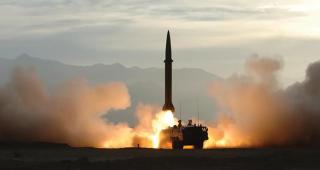
A DF-11A ballistic missile. China Military
These missiles can all target moving ships at sea. Since the 1990s, submunition-type conventional antiship warheads have been available for all Rocket Force ballistic missiles. Such a warhead is likely to achieve multiple hits on stationary ships in ports or anchorages, or one or two hits on a moving ship at sea if it does not change course every few minutes. Cruise missiles and antiship ballistic missiles carrying unitary radar-guided warheads that can hit moving targets with more punch. Some newer PLARF missile types field heavy 800 to 1,100 kg warheads.
The 2021 collapse of the “one China, two systems” formula for Hong Kong, combined with the return to Taiwan of the formerly significant Taiwanese mainland workforce, which handed pro-independence Taiwanese President Tsai Ing-wen reelection by a landslide, means the People’s Republic’s President Xi Jinping probably believes peaceful reunification is no longer feasible.8 The Eastern Theater could well be ordered to execute what China calls “the strait crossing operation” in the near future. It is also (barely) possible the Southern Theater might have to oppose a Vietnamese attempt to recover some of its South China Sea possessions lost to Chinese occupation—just as some Vietnamese scholars say an overconfident Vietnam may have provoked the Sino-Vietnamese war.9
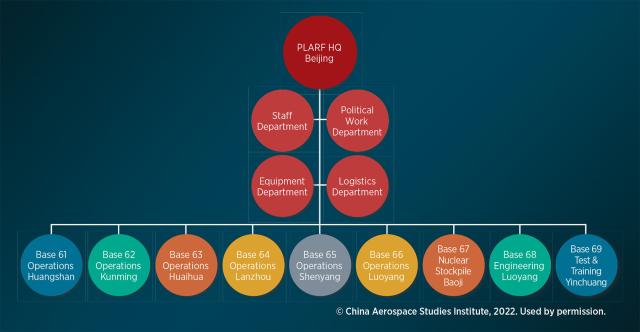
No comments:
Post a Comment